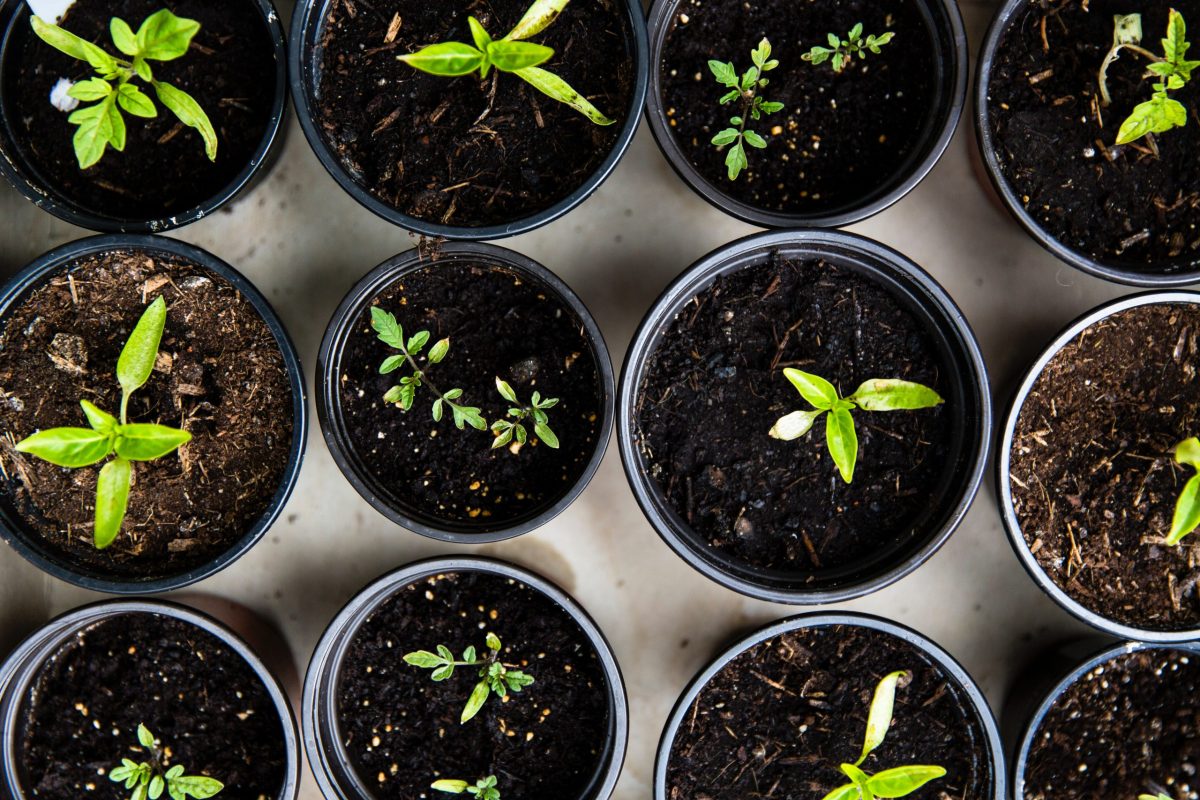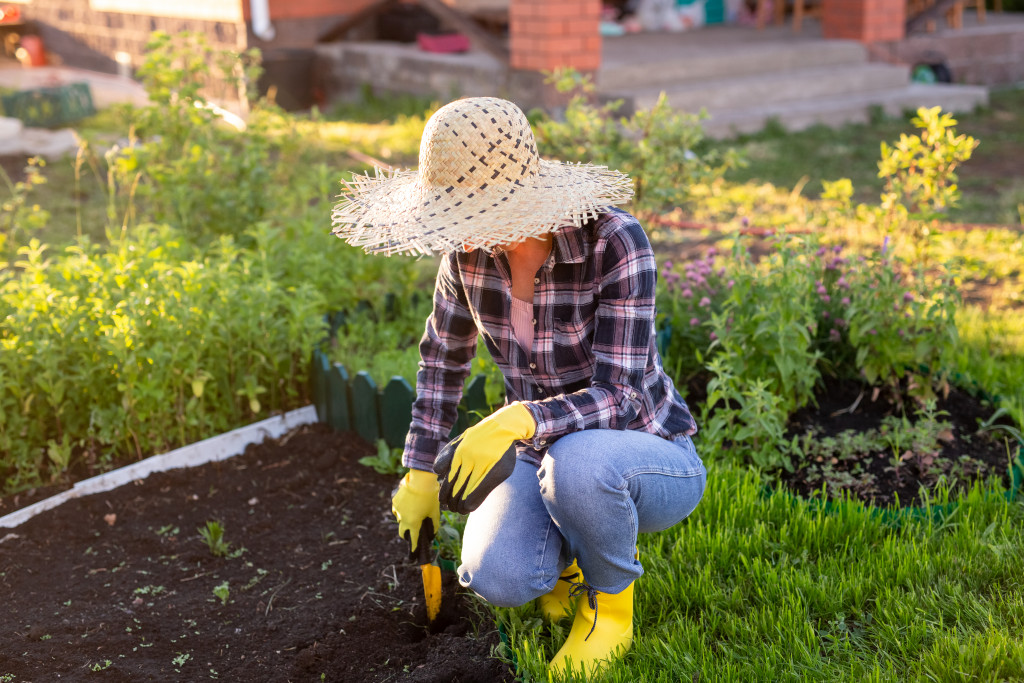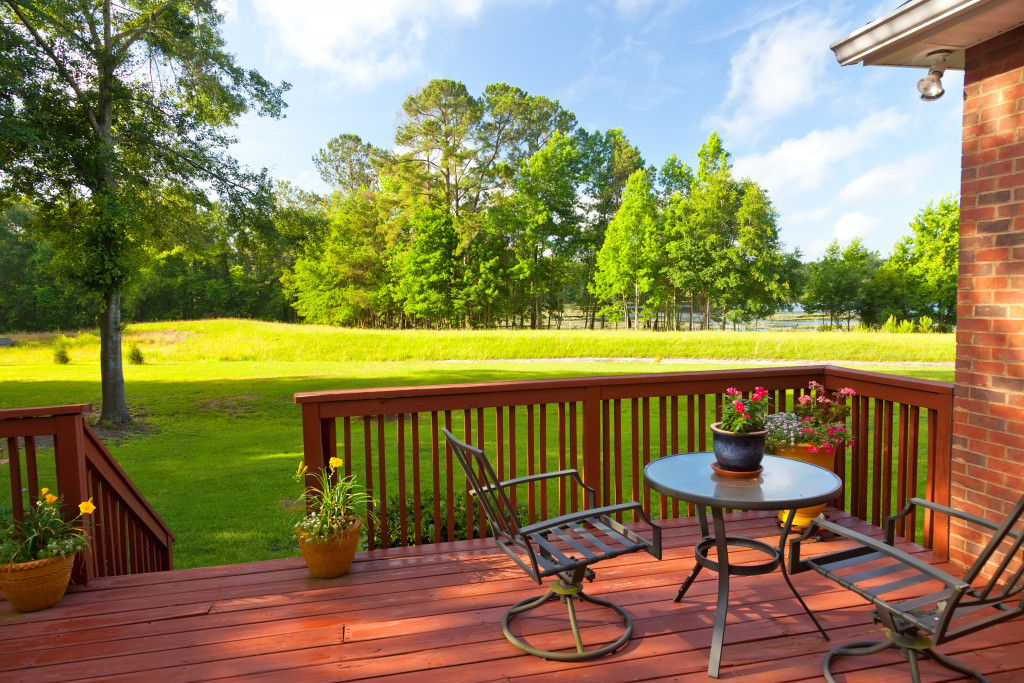- Select a garden location with ample sunlight, good soil drainage, and easy access from your home.
- Start your garden small, then gradually expand as you increase your gardening skills and familiarity.
- Choose plants suitable for your region’s climate, sunlight, and season, considering their growth habits and space needs.
- Water your plants consistently, focusing on the roots, and consider installing a drip irrigation system for efficiency.
- Get creative with plant combinations and garden structures, enhancing functionality and visual appeal.
If you have a large backyard and are interested in starting a home garden, there are many things to consider before you begin. Gardening can be a rewarding and enjoyable hobby that can also provide you with fresh and healthy produce. However, it can also be a lot of work and require planning and preparation before planting your first seed. This blog post will provide you with some of the best tips to help you get started with your home garden in a large backyard.
Choose the Right Location
Before you begin planting, it’s important to determine the best location for your garden. Ideally, you should choose a spot that receives at least six to eight hours of direct sunlight daily. You should also ensure the area has good soil drainage and is not prone to flooding. Positioning your garden in a spot that is easily visible and accessible from your home is another consideration to make.
Start Small
It’s easy to get caught up in the excitement of starting a new garden, but it’s important to start small, especially if you’re a beginner. Starting with a small plot or a few containers can help you identify and fix any issues without feeling overwhelmed. Once you get a feel for gardening, you can gradually expand your garden to include more plants. For example, you can try planting a few wildflowers to attract pollinators. If you grow them successfully, you can buy wildflower seeds in bulk and plant them throughout your garden to add color and attract beneficial insects. This gradual approach will help you learn and improve your gardening skills over time.

Choose the Right Plants
Choosing the right plants is one of the most important aspects of gardening. Make sure you choose plants that are suitable for your location. Here are some things to consider when selecting plants for your home garden:
Climate and weather conditions
As a general rule, choose plants native to your region or ones that thrive in similar conditions. These plants will be better adapted to your area’s climate and weather patterns, making them easier to grow. Some plants may also require specific soil or watering conditions, so it’s important to do your research before planting.
Sun and shade requirements
Different plants have varying needs for sunlight, so be sure to choose plants that are appropriate for the amount of sun your garden receives. Some plants thrive in full sun, while others prefer partial or full shade. Placing plants in their ideal conditions will help them grow and produce better.
Seasonality
Consider the seasonality of your chosen plants and make sure they are suitable for your region’s growing season. Some plants, like tomatoes or cucumbers, thrive in warm weather, while others, like lettuce or broccoli, prefer cooler temperatures. Planning ahead for seasonal changes can ensure a continuous harvest and prevent disappointment.
Space and growth habits
When selecting plants, consider the available space in your garden and their growth habits. Some plants, like tomatoes or cucumbers, require ample room to grow and may not be suitable for smaller gardens. You can also choose compact varieties or those that can be trellised to save space. If you have limited space, consider growing plants in containers or vertical gardens to maximize your space.
Water Regularly
Proper watering is essential for the health and growth of your plants. In general, most plants need about an inch of water per week. Factors such as the location of your garden, the type of plants you have, and the weather conditions can affect how much water your plants need. Make sure to water your plants consistently and focus on the roots rather than the leaves. You can also consider installing a drip irrigation system for efficient and consistent watering.

Get Creative
Finally, don’t be afraid to get creative with your garden. Experiment with different plant combinations, create unique flower beds, or add different garden structures like trellises or arches. Not only will this make your garden visually appealing, but it can also make it more functional and enjoyable to spend time in. Remember to consider your plants’ needs and their growth habits when getting creative.
Starting a home garden in a large backyard can be a wonderful experience that provides you with fresh fruits, vegetables, and a beautiful outdoor space to relax and enjoy. By following these tips, you’ll be well on your way to creating a thriving and successful garden. Remember to have patience, be open to learning and adapting, and, most importantly, have fun! Happy gardening!

